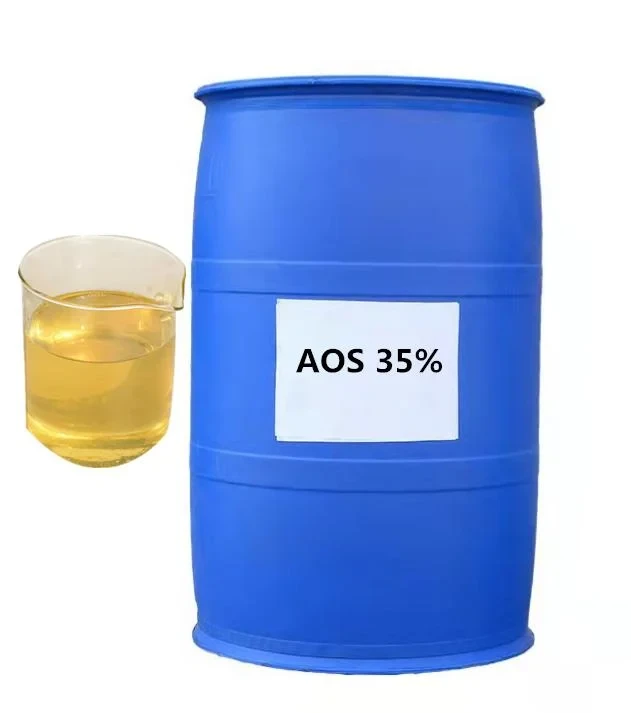



Polyacrylamide Applications in Wastewater Treatment Processes and Technologies
The Role of Polyacrylamide in Wastewater Treatment
In recent years, the growing concerns over water pollution and the sustainability of water resources have driven research and development efforts towards more efficient wastewater treatment methods. One promising chemical agent that has emerged in this field is polyacrylamide (PAM). This synthetic polymer has gained attention for its effectiveness in improving the water treatment processes, leading to enhanced removal of pollutants and overall better water quality.
What is Polyacrylamide?
Polyacrylamide is a water-soluble polymer made from acrylamide monomers. It comes in various forms, including anionic, cationic, and non-ionic types, each tailored to specific wastewater treatment needs. The versatility of PAM allows it to function primarily as a flocculant, meaning it aids in the agglomeration of suspended particles in water. When added to wastewater, PAM molecules adhere to particles, such as dirt and organic matter, causing them to clump together. This aggregation allows for easier removal during subsequent treatment processes, such as sedimentation or filtration.
Applications of Polyacrylamide in Wastewater Treatment
The deployment of polyacrylamide in wastewater treatment plants has multiple applications, including industrial, municipal, and agricultural settings. In industrial wastewater treatment, PAM is particularly valuable for the textile, paper, and mining industries, where high levels of suspended solids and organic materials can be found. By using PAM, facilities can reduce the chemical oxygen demand (COD) and biological oxygen demand (BOD) of their effluents, leading to compliance with environmental regulations.
Municipal wastewater treatment plants also benefit from the use of PAM in the primary and secondary treatment stages. The polymer enhances sedimentation rates in clarifiers, resulting in the efficient removal of solids from wastewater. Furthermore, cationic polyacrylamide is known to improve the efficiency of anaerobic digestion processes, allowing for faster decomposition of organic matter and more effective nutrient removal.
polyacrylamide for wastewater treatment

In agriculture, PAM is applied in managing runoff and erosion control. When used in irrigation practices, polyacrylamide helps to bind soil particles, reducing soil erosion and improving water retention in soil. This dual benefit not only aids in maintaining soil health but also minimizes the amount of sediment that enters water bodies, thereby protecting water quality.
Environmental Benefits
The use of polyacrylamide in wastewater treatment brings significant environmental advantages. Enhanced removal of pollutants translates into cleaner effluents discharged into rivers and lakes, preserving aquatic ecosystems. Moreover, improved treatment processes contribute to reducing the overall volume of sludge generated, as lesser amounts of suspensions require treatment and disposal. Additionally, the ability of PAM to aid in the digestion of organic material leads to the generation of biogas, a renewable energy source, thereby making wastewater treatment facilities more sustainable.
However, the potential risks associated with the use of polyacrylamide must also be considered. The environmental and health impacts related to unpolymerized acrylamide, a known neurotoxin and carcinogen, necessitate that PAM is used and handled in a controlled manner to prevent leaching into treated water. Ensuring that only fully polymerized PAM is utilized significantly minimizes these risks.
Future Perspectives
As water scarcity and environmental pollution continue to challenge global communities, the role of polyacrylamide in wastewater treatment is expected to grow. Research is ongoing to develop more efficient and lower-impact formulations of PAM that can maintain effectiveness while reducing toxicity concerns. Furthermore, advancements in treatment technologies, such as integrating PAM with membrane processes or advanced oxidation processes, hold promise for even greater efficiencies in removing a wider array of contaminants.
In conclusion, polyacrylamide plays a critical role in modern wastewater treatment. Its ability to facilitate the removal of pollutants makes it an invaluable asset for industries, municipalities, and agricultural practices alike. As the demand for clean water rises, continuing to refine and optimize the use of PAM will be essential in ensuring both effective wastewater management and the protection of our valuable water resources.
-
Why Sodium Persulfate Is Everywhere NowNewsJul.07,2025
-
Why Polyacrylamide Is in High DemandNewsJul.07,2025
-
Understanding Paint Chemicals and Their ApplicationsNewsJul.07,2025
-
Smart Use Of Mining ChemicalsNewsJul.07,2025
-
Practical Uses of Potassium MonopersulfateNewsJul.07,2025
-
Agrochemicals In Real FarmingNewsJul.07,2025
-
Sodium Chlorite Hot UsesNewsJul.01,2025










